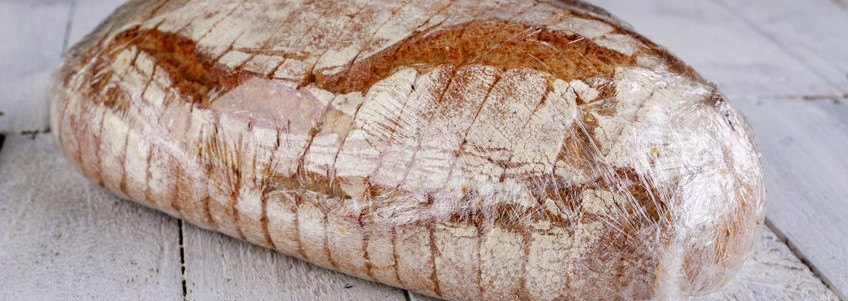
Keeping bread fresh and flavorful should be a top priority for any artisan or commercial baker. Aside from keeping customers happy, it’s also how you cut down on waste—of both bread and operational costs. So what’s the secret to keeping your bread soft and delicious? Understanding the factors that cause staling and hardness in the first place, and using an expert combination of ingredients to counteract it.
What does bread go stale?
Contrary to popular belief, it’s not just bread losing moisture and drying out. It’s also the starches re-crystallizing over time. That, along with starch reacting with the gluten and the moisture distribution, produces the following results:
- Bread crumb firmness significantly increases
- Loss of fresh crumb springiness or elasticity over time
- Increased crumbliness
- Crispness of the bread crust decreases
- Bread loaf loses its fragrance, assuming a stale flavor
A few things that can either speed up or slow down that process are:
- Formulation (use of fat, sugar, enzymes, emulsifiers & hydrocolloids)
- Dough system used in the production process
- Specific volume of the finished product
- Packaging or bagging technology (fully sealed package or twist-tie closure)
- Type of packaging film used (gas permeability, water vapor transmission)
- Thermal treatments of the dough (baking and freezing operations)
- Water evaporation during baking (i.e. bake loss)
- Temperature and relative humidity during storage and transport
Learn more in our staling technical paper on the BAKER Academy!
So what should you focus on for keeping bread fresh?
A great place to start is with your formula. One versatile solution is enzymes. Not only do they allow for a specific fine tuning of desired results, but they are also clean label friendly! For fresh keeping, there are three specific enzymes that are a good bet:
- Amylase: improves fermentation, produces maltose and glucose from starch, slows staling
- Xylanases: redistributes water in dough, improves gluten matrix and gas retention, and helps with handling properties
- Lipases: produces emulsifiers from fats, stabilizes gas cells, softens crumb, slows staling
On the flavor side of keeping bread fresh, yeast is a powerful ingredient. It can help your bread taste delicious over time, and helps stop that stale smell.

